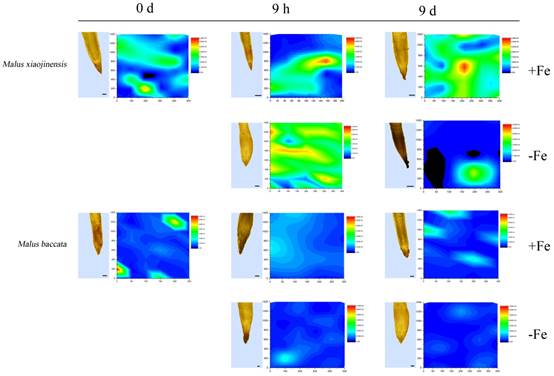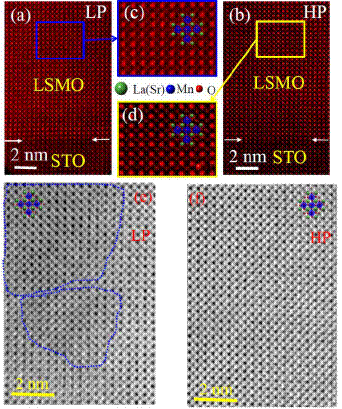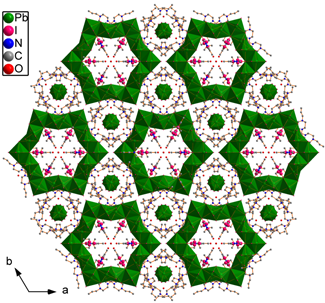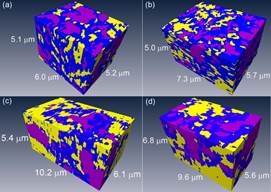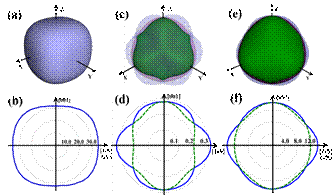
News and Events
Science Highlights
Home /
|
|
|
A team from Institute for Horticultural Plants, College of Horticulture, China Agricultural University has researched ROS mediate the Fe uptake mechanism. Their research has been published on November 16th, 2016 in Frontier in Plant Science.
|
|
|
|
Oxygen vacancies play a crucial role in perovskite oxide thin films. Although there are many reports on the effects of the oxygen vacancies on the regulating the properties in the oxide thin films, however, the effects of the oxygen vacancies have not been clear yet. Clarifying the role of oxygen vacancies in manganite thin films is interesting not only for device applications but also for basic understanding of p...
|
|
|
|
Carbon nanotubes have shown great success on the research of fuel cell, battery, supercapacitor, lightweight electrical conductors, flexible electronics and heaters. Inspired by carbon nanotubes, scientists also create a lot of other crystalline inorganic nanotube arrays. However, they are limited in oxides and chalcogenides. It is still a big challenge to prepare well-defined inorganic nanotube array with other e...
|
|
|
|
In order to decrease the production cost of solid oxide fuel cell (SOFC), industrial grade NiO raw materials should be employed to prepare the Ni-YSZ anodes. However, industrial grade raw inevitably contain impurities, which can affect the microstructure and performance of Ni-YSZ anodes. Thus to understand impact of the content and type of impurities on performance of Ni-YSZ anodes, we applied hard X-ray microscop...
|
|
|
|
Porous hybrid inorganic-organic framework materials have been studied intensively in chemistry, physics, and material science due to their potential applications in carbon capture, gas separation, catalysis, drug delivery and sensoring. Recently, considerable efforts have been dedicated to investigating dense inorganic-organic frameworks since they show fascinating physical properties, such as semiconductivity, fe...
|
|
|
|
Much like an overcooked dinner, the next so-called wonder material for next-generation electronics has been ‘stuck to the pan’ until researchers from Institute for Superconducting and Electronic Materials (ISEM) at the University of Wollongong (Australia), Dalian University of Technology, and the Beijing Synchrotron Radiation Facility (Chinese Academy of Sciences) came up with a breakthrough solution.
|

Copyright © 2011 - 2012 Beijing Synchrotron Radiation Facility

